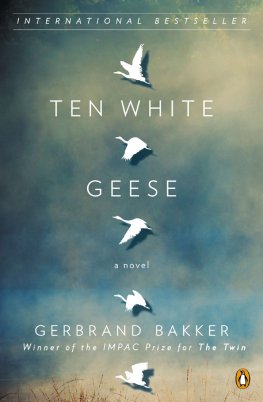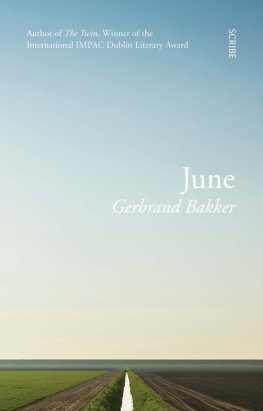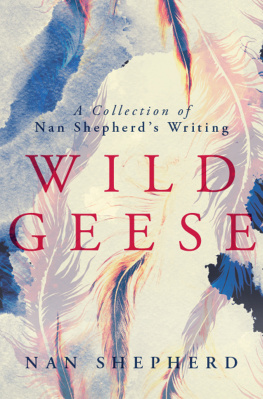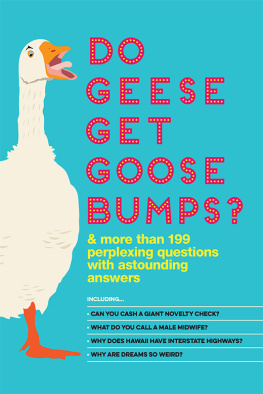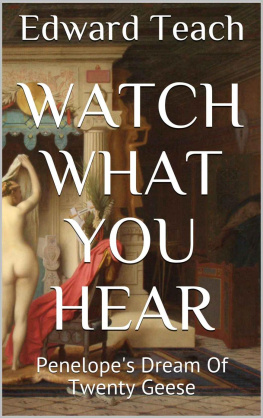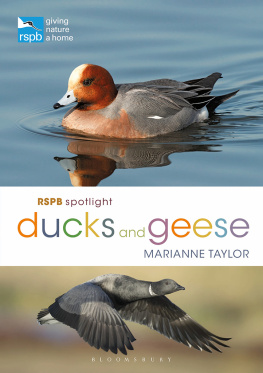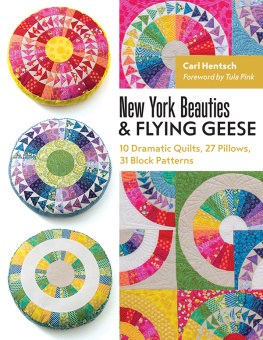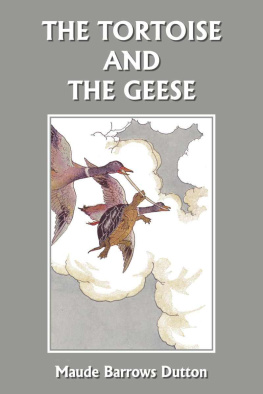Gerband Bakker
Ten White Geese
International Acclaim for Gerbrand Bakker and Ten White Geese
A beautiful, oddly moving work of fiction, a quiet read that lingers long in the mind, like the ghosts that linger in our homes, and in the land around usAssured and matureEven more powerful [than The Twin].
John Burnside, The Guardian (London)
Simple and devastatingWritten and translated with lapidary precision, perspective, and crisp prose; there is emotion and expression, but held back from the writing, which is controlled and full of clean, physical detail.
The Independent (London)
A novel full of hints and mysteries [that] will almost certainly keep you rooted to your chair until the dnouement.
The Spectator (London)
Bakkers writing is fabulously clear, so clear that each sentence leaves a rippling wake.
Los Angeles Times
A beautiful, convincing, subdued novel [with] a spare simplicity and expressiveness reminiscent of J. M. Coetzee.
Trouw (The Netherlands)
Intensely movingAn incredibly tender book, capturing new and old relationships in simple yet beautiful detail.
The Tattooed Book (UK)
With his fine style and gripping plot twists, this is a writer who ultimately grabs his readers by the throat.
Nederlands Letterenfonds
Bakker sees beauty and complexity in the smallest corners of everyday life and portrays them with a quiet mastery.
The Quarterly Conversation
Bakker is the best writer of nature in the Netherlands. How he writes about geese, reeds, and grassy paths through a meadow makes me weep. I imprisoned myself with the story, pulled up the blankets and wanted to disappear into it. This book is a beauty.
Marleen Janssen, Libell.nl (The Netherlands)
An accomplished work [with] many clear parallels [to J. M. Coetzee]: both authors dish out their novels in spare, economic prose and manage the trick of skirting on the surface of their characters whilst hinting at great storms of emotion underneath.
Booktrust (London)
The type of book you need to read in a single evening. Then youre gradually hypnotized by the calmly and sharply observed story.
De Standaard (Belgium)
GrippingThrillingly freshIt bears his indelible poetic stamp, his incisor cut. Galvanizing.
Irish Independent
An enchanting style by a wonderful writer. He knows how to evoke a lot of tension with minimal resources.
Tros Nieuwsshow (The Netherlands)
MesmerizingSo spare and so poignanthaunting and charismaticIt is impossible to put it down without feeling a deep sense of acquaintance with its wild, neglected terrain, and with the foibles and aspirations of his characters. Highly recommended.
The Age (Melbourne, Australia)
This novel proves that great literature benefits from a simple setting.
Literatuurplein.nl (The Netherlands)
Monumental.
Titel Magazin (Germany)
You do not want to miss this!
Linda Magazine (The Netherlands)
Tranquility and tension generate a quiet triumph.
Sunday Business Post (Ireland)
Captivating. It is all deceptively straightforward. But this makes the turns in the story much more surprising and thrilling.
Nederlands Dagblad
Through his reserved storytelling Bakker creates the enormous poetic force that he has made his own.
Neue Zrcher Zeitung (Switzerland)
Phenomenal. There is no other word for Gerbrand Bakkers new novel.
Noorhollands Dagblad
Confirm[s] Bakker as a leading light of new European fiction.
Wales Arts Review
Terribly grippingthere is a continuous tension, a tension only the very best of thrillers have.
Kurier (Austria)
Ample make this bed.
Make this bed with awe;
In it wait till judgment break
Excellent and fair.
Be its mattress straight,
Be its pillow round;
Let no sunrise yellow noise
Interrupt this ground.
Emily Dickinson
Early one morning she saw the badgers. They were near the stone circle she had discovered a few days earlier and wanted to see at dawn. She had always thought of them as peaceful, shy and somehow lumbering animals, but they were fighting and hissing. When they noticed her they ambled off into the flowering gorse. There was a smell of coconut in the air. She walked back along the path you could find only by looking into the distance, a path whose existence she had surmised from rusty kissing gates, rotten stiles and the odd post with a symbol presumably meant to represent a hiker. The grass was untrodden.
November. Windless and damp. She was happy about the badgers, satisfied to know they were at the stone circle whether she went there or not. Beside the grassy path stood ancient trees covered with coarse, light grey lichen, their branches brittle. Brittle yet tenacious, still in leaf. The trees were remarkably green for the time of year. The weather was often grey. The sea was close by; when she looked out from the upstairs windows in the daytime she occasionally spotted it. On other days it was nowhere in sight. Just trees, mainly oaks, sometimes light brown cows looking at her, inquisitive and indifferent at once.
At night she heard water; a stream ran past the house. Now and then she would wake with a start. The wind had turned or picked up and the rushing of the stream no longer carried. She had been there about three weeks. Long enough to wake up because a sound was missing.
Of the ten fat white geese in the field next to the drive, only seven were left a couple of weeks later. All she found of the other three were feathers and one orange foot. The remaining birds stood by impassively and ate the grass. She couldnt think of any predator other than a fox, but she wouldnt have been surprised to hear that there were wolves or even bears in the area. She felt that she was to blame for the geese being eaten, that she was responsible for their survival.
Drive was a flattering word for the winding dirt track, about a kilometre and a half long and patched here and there with a load of crushed brick or broken roof tiles. The land along the drive meadows, bog, woods belonged to the house, but she still hadnt worked out just how it slotted together, mainly because it was hilly. The goose field, at least, was fenced neatly with barbed wire. It didnt save them. Once, someone had dug them three ponds, each a little lower than the last and all three fed by the same invisible spring. Once, a wooden hut had stood next to those ponds: now it was little more than a capsized roof with a sagging bench in front of it.
The house faced away from the drive towards the stone circle (out of sight) and, much farther, the sea. The countryside fell away very gradually and all of the main windows looked out over it. At the back there were just two small windows, one in the large bedroom and one in the bathroom. The stream was on the kitchen side of the house. In the living room, where she kept the light on almost all day, there was a large wood-burning stove. The stairs were an open construction against a side wall, directly opposite the front door, the top half of which was a thick pane of glass. Upstairs, two bedrooms and an enormous bathroom with an old claw-foot tub. The former pigsty which could never have held more than three large pigs at once was now a shed containing a good supply of firewood and all kinds of abandoned junk. Under it, a large cellar, whose purpose she hadnt quite fathomed. It was tidy and well made, the walls finished with some kind of clay. A horizontal strip window next to the concrete stairs offered a little light. The cellar could be sealed with a trapdoor which, by the look of it, hadnt been lowered for quite some time. She was gradually expanding the area she moved in; the stone circle couldnt have been much more than two kilometres away.

